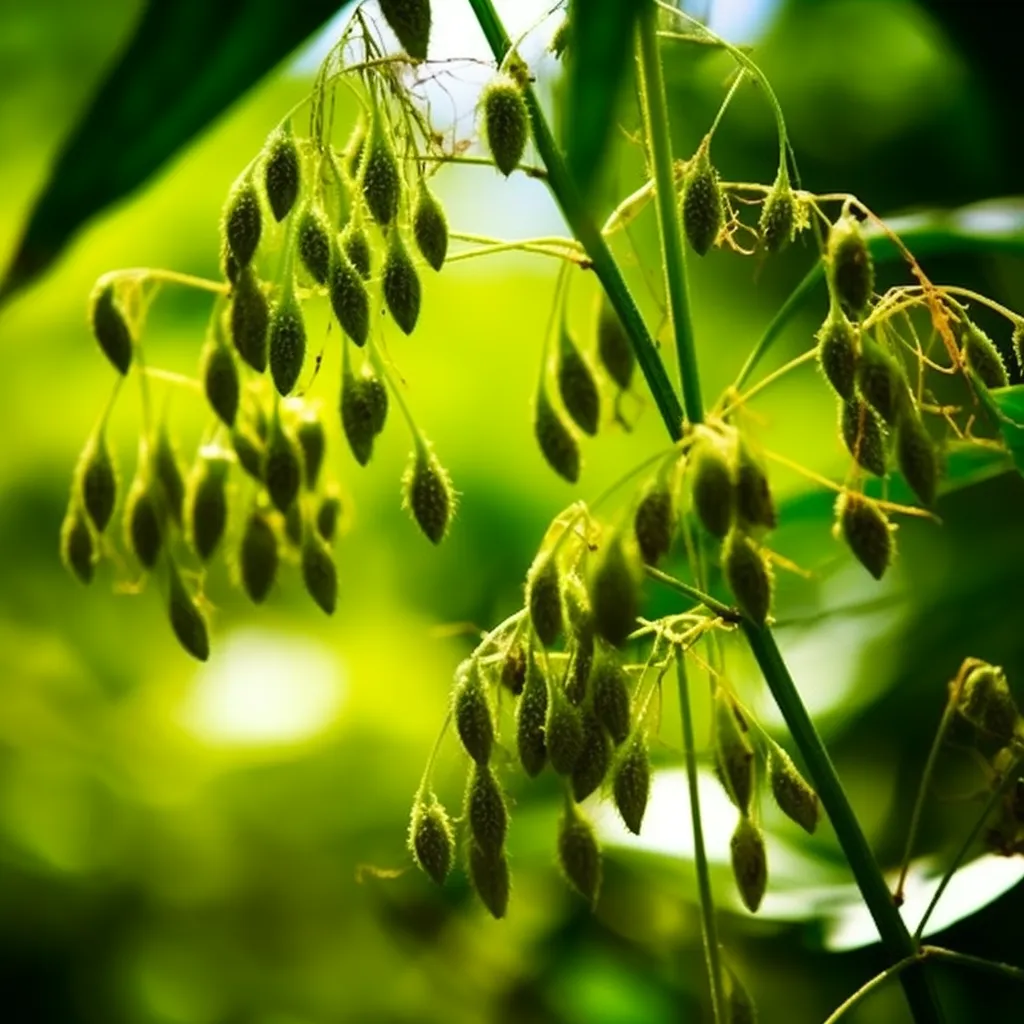Story of Day :
Contents
The Dangerous Beauty of Ricin Plant: Complete Guide and Care Tips
The world of gardening can be a delightful yet dangerous place.
One plant that represents this duality is the infamous Ricinus communis, also known as the castor bean plant or simply ricin.
This beautiful ornamental plant is also the source of one of nature’s deadliest toxins, making it both alluring and lethal.
In this complete guide, we’ll cover everything you need to know about the ricin plant – from its history and uses to its care tips and safety precautions.
History and Uses
Ricinus communis has a long history of cultivation dating back to ancient Egypt when it was used for medicinal purposes such as inducing labor in pregnant women.
The seeds were also burned for fuel, while the oil extracted from them was used in lamps and cosmetics.
Today, ricin is most commonly associated with its status as a bioterrorism agent due to its potency – just one milligram can kill an adult human within 36 hours! However, it’s important to note that ricin poisoning is extremely rare outside of intentional or accidental ingestion or injection.
In fact, many people continue to grow castor bean plants for their striking foliage alone.

- The leaves are large (up to three feet across!), palm-shaped with several lobes.
- They come in various shades ranging from deep purple-green (sometimes referred to as ‘red’ castor beans) like ‘Carmencita’ variety,
- to bright green (‘Impala’ variety).
Care Tips for Ricinus Communis
In order to grow healthy castor bean plants:
- Choose a sunny spot in the garden with well-draining soil.
- Sow the seeds directly in the ground after all danger of frost has passed, or start them indoors in early spring.
- Water regularly to keep the soil moist but not waterlogged – aim for about an inch of water per week.
- Fertilize every four weeks with a balanced fertilizer like 10-10-10 to promote growth and healthy foliage.
- Prune back any dead or damaged branches and remove spent flowers to encourage new growth.

Safety Precautions
Ricin is one of the deadliest toxins known to mankind, so it’s crucial that you take proper safety precautions when growing or handling castor bean plants.
Here are some tips:
- Avoid touching any part of the plant with bare hands as all parts contain ricin, including leaves, stems, seeds and roots.
Wear gloves while pruning or handling them.
- Keep children and pets away from castor bean plants at all times as it only takes a few seeds to fatally poison an animal
- Do not ingest; symptoms include vomiting diarrhea abdominal cramps within hours followed by dehydration low blood pressure death can occur within days There is no antidote available for ricin poisoning
In Conclusion

The Ricinus communis plant may be beautiful but it comes with serious risks attached.
If you choose to grow this plant for its ornamental value alone, be sure to follow safety guidelines carefully.
Remember also that if ingested accidentally there can be fatal consequences which makes careful consideration essential before planting these potentially dangerous specimens.
In conclusion if one follows our complete guide on how best care for their Ricinus communis plant, they can be sure to enjoy the aesthetic value of its beautiful leaves without risking their health or that of their loved ones.